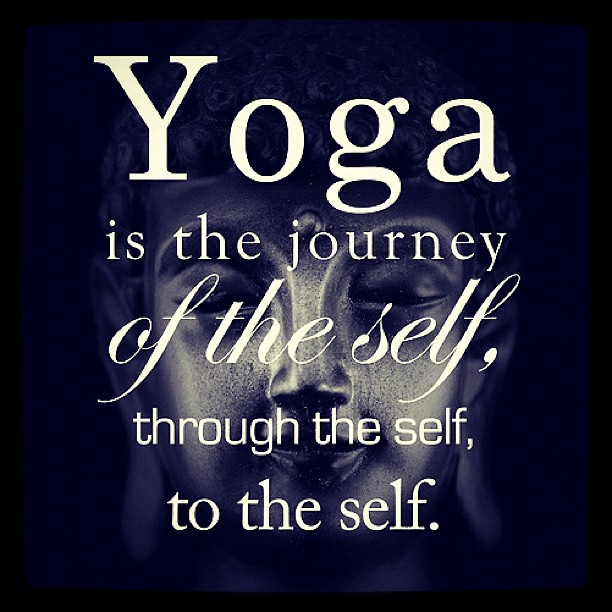 I’m of the philosophy that the healthiest food is that which is least processed, which has made me a pretty big raw food junkie. But lately all I want is dairy on dairy on dairy, like what’s happening to me?! My only conclusion is a strong Vata in the air of Fall demanding that I get warmer nutrients than my raw diet. Although I’m not an Ayurvedic nut, the more I learn the more I see it’s validity in my health, and this Fall it’s calling me to balance some excess Vata.
I’m of the philosophy that the healthiest food is that which is least processed, which has made me a pretty big raw food junkie. But lately all I want is dairy on dairy on dairy, like what’s happening to me?! My only conclusion is a strong Vata in the air of Fall demanding that I get warmer nutrients than my raw diet. Although I’m not an Ayurvedic nut, the more I learn the more I see it’s validity in my health, and this Fall it’s calling me to balance some excess Vata.
In case you don’t know Ayurveda is a traditional natural healing system of India. It’s made up of three constitutions: vata, kapha and pitta; these are present in everyone and everything, the goal is to balance these three. Fall is predominantly vata so if you’re feeling scattered but have high energy like me right now, consider these three simple changes to balance this dosha.
–Stay warm: start bundling up, take warm showers, go to a heated yoga and get your circulation going. This also means focus on your relationships and have a loving warmth about you.
Keep routine: it’s easy for the vata dosha to get scattered, by having a routine you can channel this fall energy without getting lost (this includes an eating routine.)
Choose warm/well-lubricated foods: Use lots of spices and keep majority of your meal base whole grain, add butter and oils to your meals.
So, my cravings make sense from an Ayurvedic perspective, but that doesn’t mean I should go all dairy. If you like to eat on the lighter side like me, add those yummy second harvest veggies to your diet. Beets, carrots, eggplants, ginger, sweet potatoes and squash are all great warming vegetables which can easily be spiced as you like. Time to take advantage of the foods in season while also balancing my dosha!



